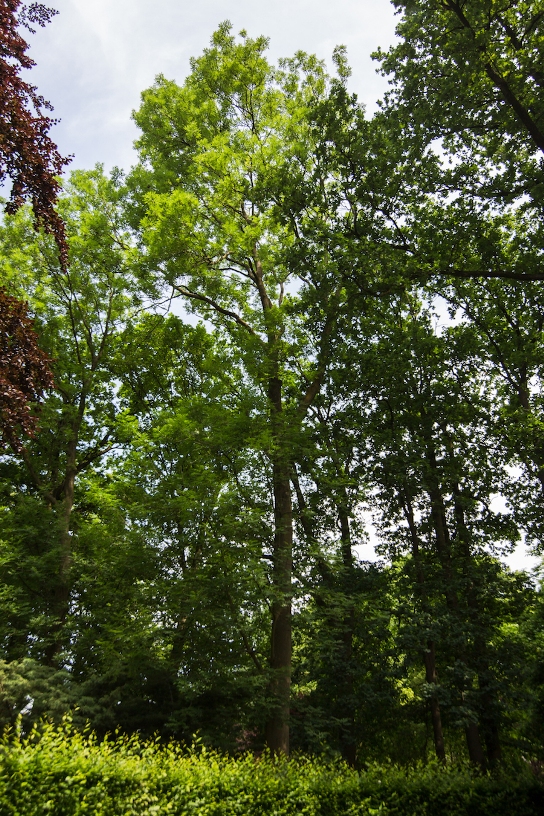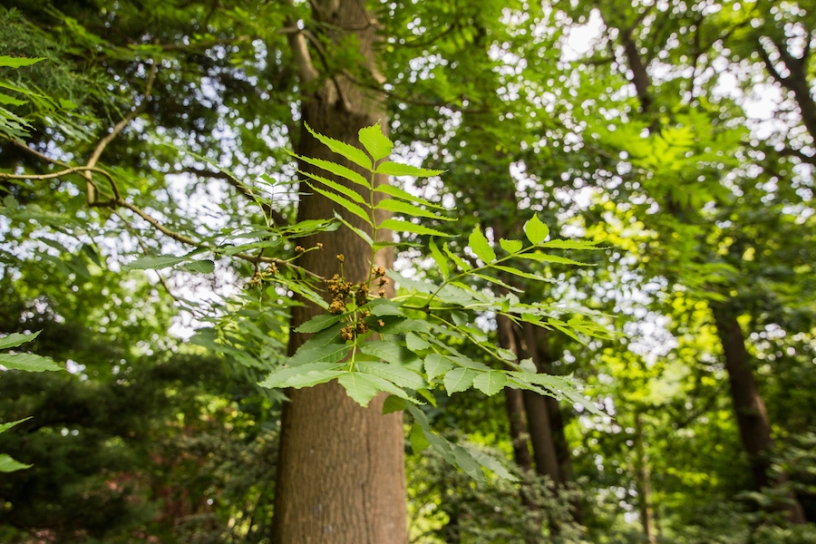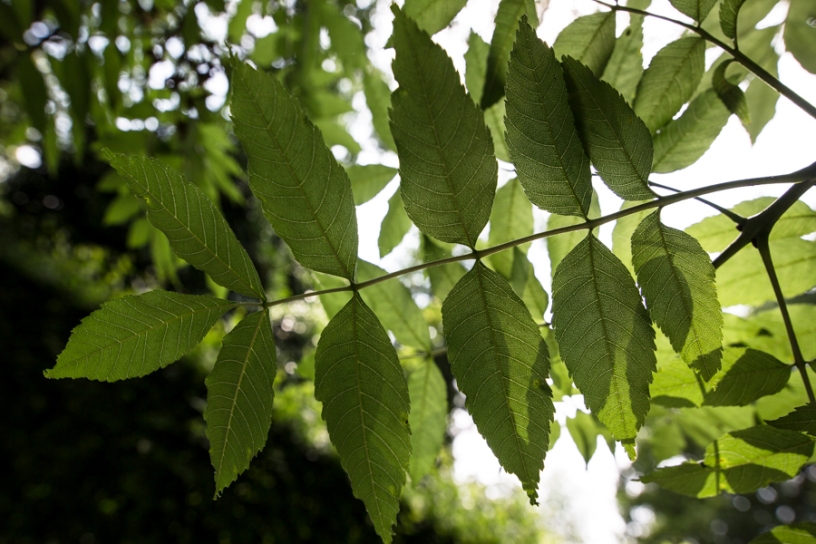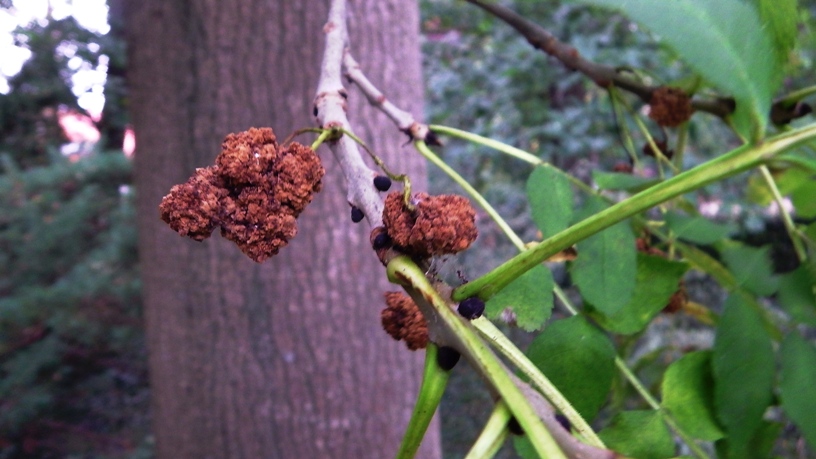Ash
Fraxinus excelsior
Olive family (Oleaceae)
High is the key word for the ash
The Latin name of the common ash, excelsior, means higher - higher than the rest. The common ash needs light so the tree shoots up remarkably straight in dense files of trees. There are some trees measured as being 45 m in height but on average they grow to between 25 and 40 m high. The common ash is native to Europe, even in the far north and is adapted to grow in wet habitats and seeds everywhere.
By the Middle Ages the ash was being widely exploited as a coppiced tree. A coppiced ash tree can become very old, much older than a solitary tree, and can live for about 200 years. The leaves are compoundly pinnate with 3-7 pairs of opposite leaflets and one terminal leaflet. The common ash has black leaf buds.
Read more.... »Themes
The Edda is a collection of Icelandic literary works in which Fraxinus exelsior plays a central role.
The common ash sometimes served as a border tree before there was a formal land registery. In an old Germanic tale of creation, humanity was created by Odin/Wotan out of two tree trunks - man, Ask or Askr, from an ash tree and the woman, Embla, from an alder. Following the rise of Christianity the story was changed.
The common ash is also known as the wheelwright's tree because the wood was used for carts and coaches. The wood when in contact with the ground is not very durable but is very suitable for ladders, axe- and hammer shafts, oars and climbing frames. The leaves were an important fodder in the past.
A stylized tree of life is often seen inset into window panes over the front doors of some homes. The common ash was seen as 'the tree of life' in northern Europe. The symbolism is also found in the species name 'excelsior' (ever higher) - an ascent to higher forms of life.
Details
| Description: | Tree, on average taller than 12 m. |
|---|---|
| Distributions: | Europe, western asia |
| Habitat: | Forest tree also occuring in marshy ground and coastal dunes |
| Year cycle: | Perennial (polycarpic decidous) |
| Hardiness: | Colder than -4 f (very hardy) |
| Flowering period: | Maart - april |
| Flower color: | Green, brown |
| Notes on flowers: | Pluimvormig groenachtig, meeldraden paarsbruin. |
| Fruiting period: | September - oktober |
| Fruit color: | Green |
| Notes on fruits: | Tros eerst groen naar bruine gevleugelde dopvruchten. |
| At its best: | April |
Sources
http://www.floron.nl/publicaties/rode-lijst-2012,IUCNredlist.org,
http://www.floravannederland.nl/planten/es,
https://wilde-planten.nl/es.htm,
https://www.bomengids.nl/soorten/Gewone_es__Fraxinus_excelsior__Common_ash.html,
Dendrologie van de lage landen - Jan de Koning en Wim van den Broek, Dendroflora 26, Dendroflora 50, Inheemse bomen en struiken in Nederland en Vlaanderen - Bert Maes, Bomen en mensen 30 jaar bomenstichting, Bomen hun vorm en kleur - Dr. B.K. Boom en H. Kleijn



